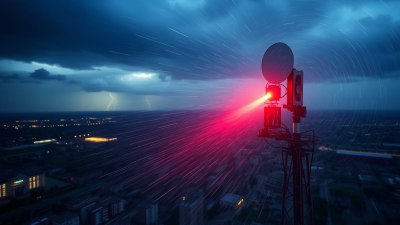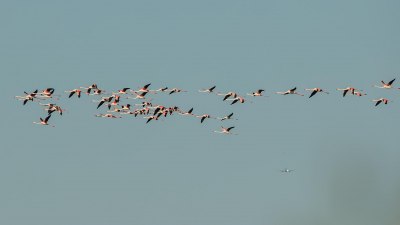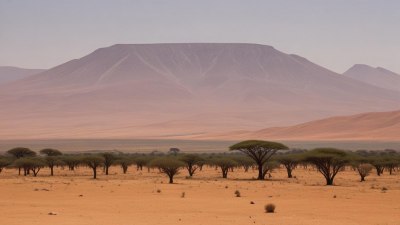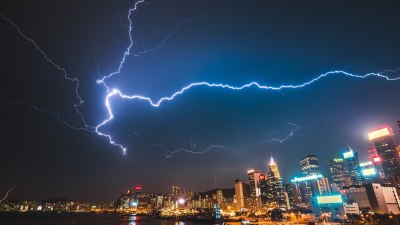Why Do Some Tornadoes Jump
Explore the fascinating reasons behind the jumping behavior of tornadoes and understand their formation dynamics.
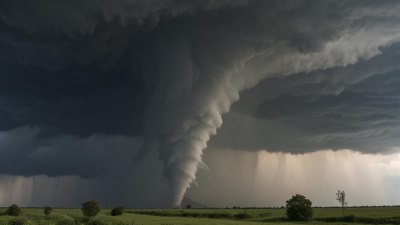
This image was created with the assistance of Freepik
Tornadoes are among nature's most violent phenomena, exhibiting behavior that can be both scientifically puzzling and visually stunning. Among these behaviors, the phenomenon known as 'jumping' can be particularly perplexing. When tornadoes appear to leap from one area to another, this can evoke both fear and curiosity. The intricate processes behind this behavior reveal the complex dynamics of tornado formation and movement, rooted in both meteorological conditions and environmental factors.
To understand why some tornadoes appear to jump, we first need to establish how tornadoes form. Tornadoes typically develop out of severe thunderstorms, particularly supercells, which are characterized by their rotating updrafts known as mesocyclones. When warm, moist air from the surface encounters cool, dry air aloft, it leads to instability and can initiate rotation. The relationship between these air masses, along with wind shear—variability in wind speed and direction at different altitudes—play a crucial role in tornado formation.
The phenomenon of jumping can be linked to the lifecycle of the mesocyclone as well. Some tornadoes do not remain stationary but instead can occur in a series of touchdowns or dissipations. These tornadoes may initially form at one location and appear to jump to another area, which can be explained by several meteorological factors.
Environmental Factors Contributing to Jumping Tornadoes
One major factor in tornado jumping is the variance in terrain and surface features in the surrounding environment. Tornadoes often follow a path dictated by the landscape. When they encounter obstacles such as mountains or bodies of water, they may dissipate and then reinvigorate elsewhere, giving the illusion of a 'jump.' Additionally, regions with varied vegetation can influence wind patterns, affecting how and where operational tornadic environments develop.
Another critical aspect is the interaction of multiple supercells. Sometimes, thunderstorms can generate multiple mesocyclones within a close distance. As one mesocyclone's tornado weakens, another nearby can intensify and take over, leading to a sequential series of tornado appearances rather than a continuous touch-down. This can also contribute to the perception of jumping.
Weather Conditions and Tornado Behavior
Specific atmospheric conditions also contribute to the jumping phenomenon. For instance, during high instability scenarios, where warm and cold air masses collide sharply, a tornado may form, dissipate, and then reform in a nearby location due to evolving atmospheric conditions. Humidity levels, wind shear, and temperature gradients all play an integral part in determining how long a tornado remains on the ground and whether it may jump to another location.
In addition, thermals—columns of rising air—can feedback into the life cycle of the tornado. As the tornado draws air from various sources, it can be affected by thermals that cause it to lift and potentially relocate. When powerful updrafts exist, if a tornado remains sufficiently tied to these currents, it could create conditions that lead it to appear as though it has jumped.
Understanding Jumping Tornadoes Through Case Studies
Numerous tornado events have illustrated these behaviors, providing insight into the mechanics of tornado jumps. The 1999 Bridge Creek-Moore tornado in Oklahoma is one notable example. This tornado touched down multiple times across a path and underwent a series of intensifications and dissipations, making it seem as though it was jumping from point to point. Meteorologists have studied such instances extensively to develop stronger predictive models for tornado behavior.
Another example includes the tornado outbreak in Joplin, Missouri, in 2011, where tornadoes were seen jumping in between neighborhoods, resulting in damage spread out over a wider area than would be expected if the tornado had stayed in one place. Studies of this event highlighted the role of complex storm interactions, providing a better understanding of how tornadoes can appear to 'jump' locations.
Research and Future Predictions
Current tornado research seeks to improve our understanding of the dynamics behind tornado formation and their movement patterns. Researchers are developing sophisticated computer models that simulate tornadic conditions and track their lifecycle. Enhanced models may allow for more precise forecasts, enabling improved radar technology to identify areas where jumping tornadoes may occur based on real-time data.
As technology advances, meteorologists are gaining insights into early warning systems that could help prepare communities for the impacts of jumping tornadoes. Understanding why tornadoes jump can aid in risk assessment and help guide building codes and urban planning, protecting infrastructure from the devastating forces of nature.
The jumping behavior of tornadoes is a testament to the complexity of meteorological processes involved in these dramatic storms. By unraveling the mechanisms that cause this behavior, meteorologists can improve prediction capabilities and contribute to public safety. Continued research in this area is critical, not just for understanding tornadoes but for mitigating their destruction and preserving communities at risk.

